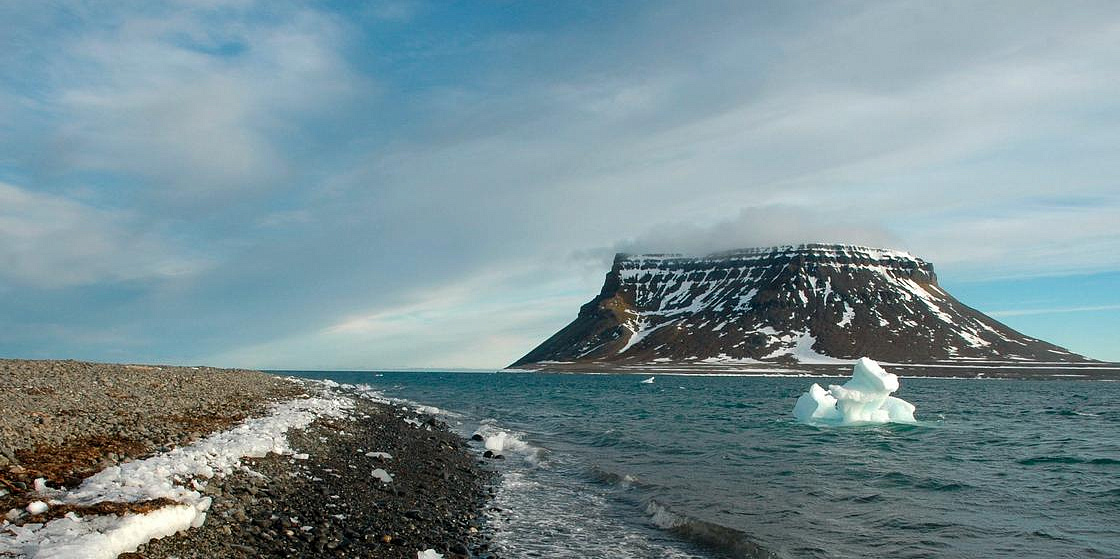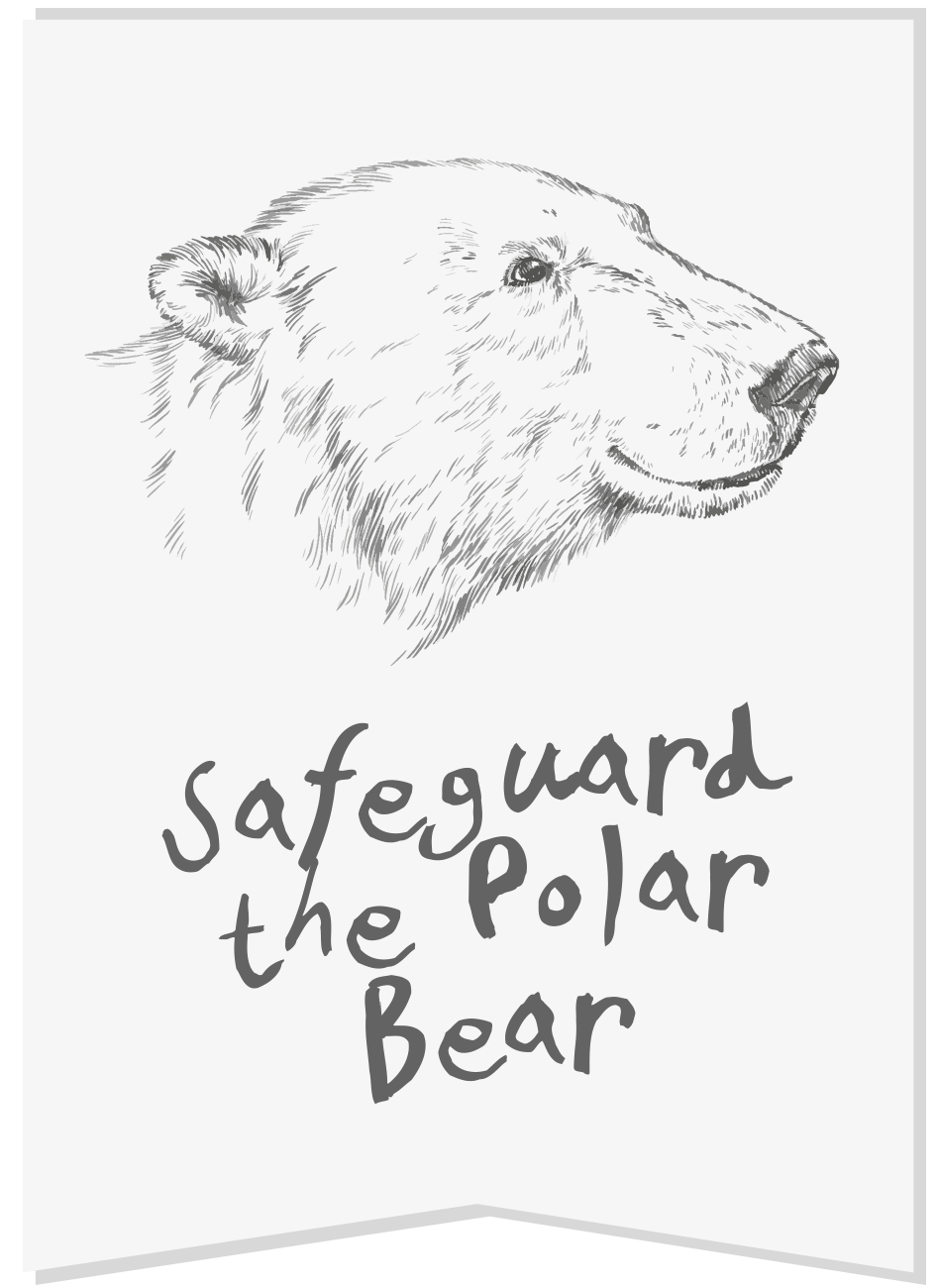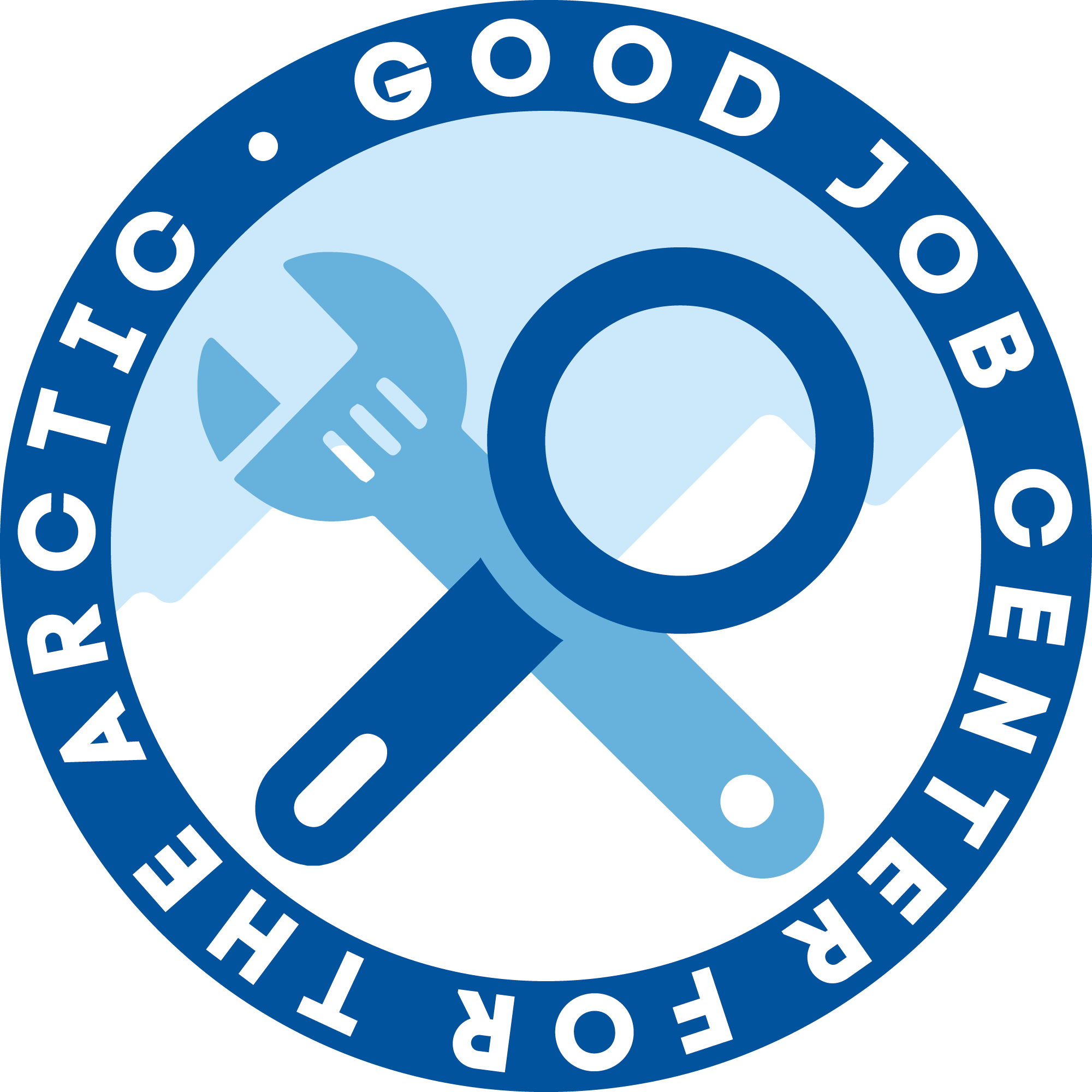
Photo: Nikitin Yaroslav/GeoPhoto.ru
Arctic Weekly: Global Warming, Hydrogen Economy and Arctic Red List
This week, the Intergovernmental Panel on Climate Change (IPCC) released its latest report offering an analysis of how greenhouse gases contribute to global temperature increases and what can be done to counter the emerging climate-related threats.
The document highlights the importance of the Arctic in the context of global climate change.
The IPCC believes that further warming will amplify permafrost thawing and the loss of seasonal snow cover, melting of glaciers and ice sheets, and loss of summer Arctic sea ice. The Arctic is likely to be practically free of sea ice in September at least once before 2050. This melting creates a feedback loop, with reflective ice giving way to darker water that absorbs solar radiation, causing even more warming. Although scientists believe that threshold events causing major -- and potentially irreversible -- damage such as a complete loss of the polar ice cover are unlikely, they cannot be ruled out entirely.
This is exactly why the Arctic nations should overcome their political differences and engage into a result-oriented circumpolar dialogue, PORA believes.
And now on to other news.
Hydrogen economy. The federal government has presented its draft concept for the development of the hydrogen economy in Russia. According to the plan, basic clusters and pilot hydrogen-producing projects are to be launched by 2025. Steps will be taken to ensure introducing hydrogen as a fuel of choice in the domestic market. This will be followed by the establishment of major export-oriented hydrogen industries and switching to hydrogen in various sectors of the economy. The Russian Arctic will inevitably play a considerable role in this process, its riches serving as resources for hydrogen production, experts say.
Native diet. A team of Russian researchers completed a comprehensive study of the diet of indigenous communities inhabiting Russia’s High North. The study shows that there has been a considerable shift in the diet over the past decades from one which is mostly dependent on hunted and gathered food (such as local species of fish, reindeer meat and local herbs) to one that is more reliant on commercial foods. This shift is responsible for an increase in occurrences of respiratory and cardiac diseases.
A Red List for the Arctic. The project aiming to draft a Red List of threatened Arctic species is nearing its final stage. The list is expected to be complete by early fall this year and released at a session of the International Union for Conservation of Nature to be held in September.
Radioactive waste. Russian scientists have surveyed the areas in the Arctic Ocean known to be used as dump sites for radioactive waste in the 1950s-1990s. The survey will help understand how the radioactive waste stored in the Arctic seas impacts the environment, and what can be done to safely remove it.
Bear track. An expedition set off to the Northern Arctic seas from the city of Arkhangelsk. The team of researchers will collect data regarding the populations of the endangered northern species such as the polar bear and the arctic walrus and their migration patterns in the Kara Sea, the Barents Sea and the vicinity of Franz Joseph Land.
Arctic freight. According to the Russian port authority, in January-July 2021, Russia’s ports handled a total of 482.88 million metric tons of cargo, which is 1.5 percent more than during the same period in 2020. The Russian Arctic ports handled some 11 percent of this amount, or 54.75 million tons of goods.
Learning for development. Russian universities are launching a series of major research programs aiming to create new technologies that will help sustainably develop the Russian Arctic, explore the World Ocean and advance the responsible use of natural riches as part of Priority 2030, a federal grant initiative for Russian universities.
The document highlights the importance of the Arctic in the context of global climate change.
The IPCC believes that further warming will amplify permafrost thawing and the loss of seasonal snow cover, melting of glaciers and ice sheets, and loss of summer Arctic sea ice. The Arctic is likely to be practically free of sea ice in September at least once before 2050. This melting creates a feedback loop, with reflective ice giving way to darker water that absorbs solar radiation, causing even more warming. Although scientists believe that threshold events causing major -- and potentially irreversible -- damage such as a complete loss of the polar ice cover are unlikely, they cannot be ruled out entirely.
This is exactly why the Arctic nations should overcome their political differences and engage into a result-oriented circumpolar dialogue, PORA believes.
And now on to other news.
Hydrogen economy. The federal government has presented its draft concept for the development of the hydrogen economy in Russia. According to the plan, basic clusters and pilot hydrogen-producing projects are to be launched by 2025. Steps will be taken to ensure introducing hydrogen as a fuel of choice in the domestic market. This will be followed by the establishment of major export-oriented hydrogen industries and switching to hydrogen in various sectors of the economy. The Russian Arctic will inevitably play a considerable role in this process, its riches serving as resources for hydrogen production, experts say.
Native diet. A team of Russian researchers completed a comprehensive study of the diet of indigenous communities inhabiting Russia’s High North. The study shows that there has been a considerable shift in the diet over the past decades from one which is mostly dependent on hunted and gathered food (such as local species of fish, reindeer meat and local herbs) to one that is more reliant on commercial foods. This shift is responsible for an increase in occurrences of respiratory and cardiac diseases.
A Red List for the Arctic. The project aiming to draft a Red List of threatened Arctic species is nearing its final stage. The list is expected to be complete by early fall this year and released at a session of the International Union for Conservation of Nature to be held in September.
Radioactive waste. Russian scientists have surveyed the areas in the Arctic Ocean known to be used as dump sites for radioactive waste in the 1950s-1990s. The survey will help understand how the radioactive waste stored in the Arctic seas impacts the environment, and what can be done to safely remove it.
Bear track. An expedition set off to the Northern Arctic seas from the city of Arkhangelsk. The team of researchers will collect data regarding the populations of the endangered northern species such as the polar bear and the arctic walrus and their migration patterns in the Kara Sea, the Barents Sea and the vicinity of Franz Joseph Land.
Arctic freight. According to the Russian port authority, in January-July 2021, Russia’s ports handled a total of 482.88 million metric tons of cargo, which is 1.5 percent more than during the same period in 2020. The Russian Arctic ports handled some 11 percent of this amount, or 54.75 million tons of goods.
Learning for development. Russian universities are launching a series of major research programs aiming to create new technologies that will help sustainably develop the Russian Arctic, explore the World Ocean and advance the responsible use of natural riches as part of Priority 2030, a federal grant initiative for Russian universities.
13 August 2021




